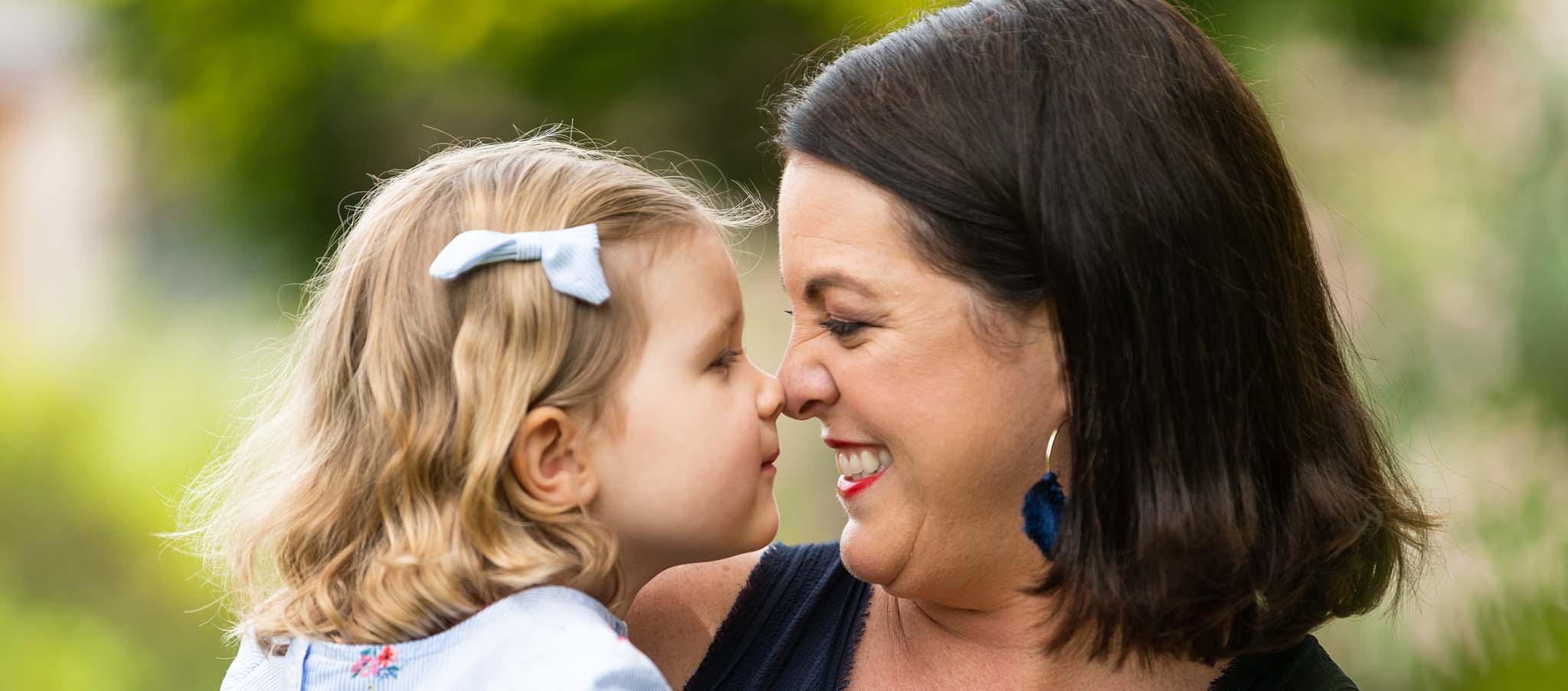Disease Areas
Spinal Muscular Atrophy

Spinal Muscular Atrophy (SMA)
SMA impacts individuals across a range of ages — from infants and children to teens and adults — with varying levels of severity.1 Newborns and infants can develop infantile-onset SMA, the most severe form of the disease, which may lead to paralysis and prevent infants from performing the basic functions of life, such as swallowing or holding up their heads.2,3 Later-onset SMA is more common among children, teens, and adults, who may experience significant muscle weakness and disability, such as the inability to stand or walk independently.1,2,4
Our Approach
Previously, individuals with SMA and their families had no treatment options. This changed in December 2016 when Biogen received U.S. Food and Drug Administration (FDA) approval for the first therapy to treat SMA.5 The therapy has since been approved in more than 60 countries and over 14,000 living with SMA have been able to access treatment with the therapy.6
Innovative Research
Biogen’s commitment to the SMA community is unwavering, and we continue to advance leading research aimed at addressing unmet needs and improving clinical outcomes for individuals impacted by the disease.
Biogen is collaborating with Ionis Pharmaceuticals to identify new therapeutic options — specifically, new antisense oligonucleotide (ASO) candidates.
We are also leveraging our learnings in SMA to advance potential therapeutic options and solutions in other neuromuscular indications with high unmet need.
Stories
Matilda's story
Matilda is a busy four-year-old. Like most children of her age, she wants to do everything herself but due to living with Spinal Muscular Atrophy (SMA) sometimes Matilda needs a little extra help.
Stories
Tristram's story
Tristram was around 18 months old when his parents Lorna and Ian noticed that he was not meeting his physical milestones. Activities like walking at the same pace as others became challenging, and he began to stumble and fall over.
Facts and Figures
1 in 40-50
Around 1 in every 40–50 people globally are carriers of the gene that causes SMA.7
1 in 10k
SMA affects approximately one in every 10,000 births worldwide2,8,9,10 and in Australia.
2 years
Before treatment was available, SMA was the number one genetic cause of death of babies under two years11 in Australia.
- Verhaart, I. E. C., et al. (2017). Prevalence, incidence and carrier frequency of 5q-linked spinal muscular atrophy - a literature review. Orphanet journal of rare diseases, 12(1), 124. https://doi.org/10.1186/s13023-017-0671-8
- Arkblad E, et al. A population-based study of genotypic and phenotypic variability in children with spinal muscular atrophy. Acta Paediatr. 2009 May;98(5):865-72. doi: 10.1111/j.1651-2227.2008.01201.x. Epub 2009 Jan 20.
- van der Heul, A. M. B., et al. (2020). Feeding and Swallowing Problems in Infants with Spinal Muscular Atrophy Type 1: an Observational Study. Journal of neuromuscular diseases, 7(3), 323–330. https://doi.org/10.3233/JND-190465
- Rouault F, et al. Disease impact on general well-being and therapeutic expectations of European Type II and Type III spinal muscular atrophy patients. Neuromuscul Disord. 2017 May;27(5):428-438. doi: 10.1016/j.nmd.2017.01.018. Epub 2017 Feb 3.
- Biogen. U.S. FDA Approval of SPINRAZA (2016). Available at: https://investors.biogen.com/news-releases/news-release-details/us-fda-approves-biogens-spinrazatm-nusinersen-first-treatment.
- Biogen data on file
- Keinath MC, Prior DE, Prior TW. Spinal Muscular Atrophy: Mutations, Testing, and Clinical Relevance. Appl Clin Genet. 2021 Jan 25;14:11-25. doi: 10.2147/TACG.S239603.
- Jedrzejowska M, et al. Incidence of spinal muscular atrophy in Poland--more frequent than predicted? Neuroepidemiology. 2010;34(3):152-7. doi: 10.1159/000275492. Epub 2010 Jan 15.
- Prior TW, et al. Newborn and carrier screening for spinal muscular atrophy. Am J Med Genet A. 2010 Jul;152A(7):1608-16. doi: 10.1002/ajmg.a.33474.
- Sugarman EA, et al. Pan-ethnic carrier screening and prenatal diagnosis for spinal muscular atrophy: clinical laboratory analysis of >72,400 specimens. Eur J Hum Genet. 2012 Jan;20(1):27-32. doi: 10.1038/ejhg.2011.134. Epub 2011 Aug 3.
- Finkel, R. S., et al (2014). Observational study of spinal muscular atrophy type I and implications for clinical trials. Neurology, 83(9), 810–817. Available at: https://doi.org/10.1212/WNL.0000000000000741
- Department of Health and Aged Care. Life-saving Spinal Muscular Atrophy medicine to be made available to Australian babies. Available at: https://www.health.gov.au/ministers/the-hon-greg-hunt-mp/media/life-saving-spinal-muscular-atrophy-medicine-to-be-made-available-to-australian-babies